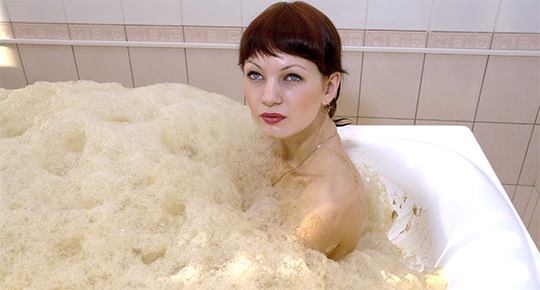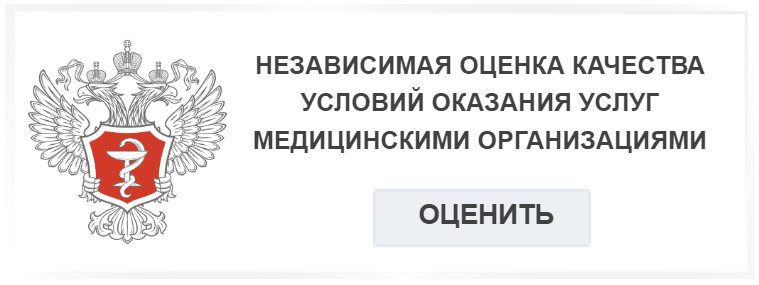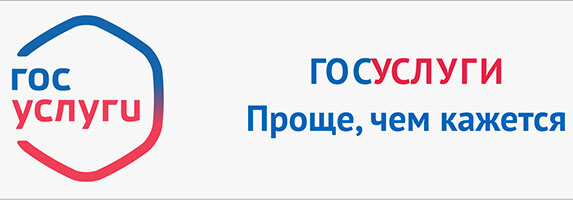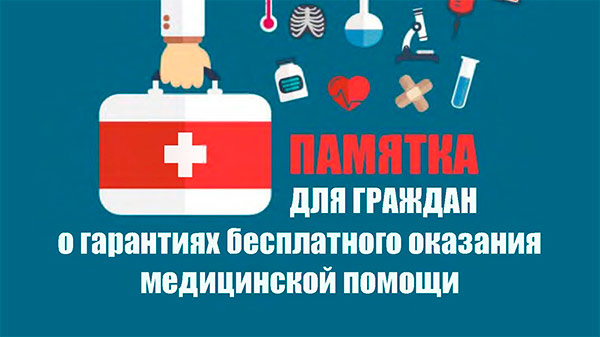Licorice tubs

Now scientists have been actively searching for new methods of healing based on natural components. Of particular interest are preparations of medicinal plants.
Relatively recently began to apply the foamy bath in which the foaming tool is used licorice root extract. Licorice is well known to physicians and pediatricians of the old school. Preparations of licorice root has long been prescribed for diseases of the respiratory tract in an effective and safe means. Despite the emergence of pharmacies new medicines, the decoction of licorice root is still recommended by many domestic manuals.
For making foam baths use a thick extract of licorice. It is obtained by aqueous extraction and subsequent thickening. Extract on kind of brown color, sweet taste. When shaking with water forms a dense stable foam. During the procedure, the foam causes a pleasant warmth, thus eliminating hydrostatic pressure inherent in conventional aqueous baths, are contraindicated for many patients suffering from cardiovascular diseases. Bubble bath sedative effect on the nervous system increased sweating, metabolic processes. Foam-licorice bath possess an immunomodulating action, in other words, the procedure normalizes the immune system. The skin after receiving a foam-Solodkova bath becomes soft and silky smooth .It is noticeable after the first time!
For the preparation of bubble baths used a thick extract of licorice. 40 - 50 ml of the drug dissolved in 45 l of water. The extract solution is poured into the tub, and places hollow grille for foaming. With the help of a compressor through reshotka air is supplied, beat the foam. The resulting foam fills the entire tub. The patient during the treatment lies on the grid, his skin comes into contact exclusively with foam.
Indications:
- chronic fatigue Syndrome, neuroses of various origins.
- Atopic and infectious-allergic bronchial asthma in the phase of damped recrudescence, remission, of chronic bronchitis.
- hay fever in the period of exacerbation.
- Chronic gastritis with preserved secretory function in all clinical stages of the disease.
- a stomach Ulcer and 12 duodenal ulcer in the phase of damped recrudescence, remission.
- atopic dermatitis occurring on their own without the constraints of the stage and complicated by pyoderma.
- Chronic recurrent urticaria.
Contraindications:
- cardiovascular Diseases in the decompensation stage.
- Chronic diseases in the acute stage.
- Pyoderma, erysipelas of the skin.
- Pregnancy, acute uterine bleeding.
- Cancer.








